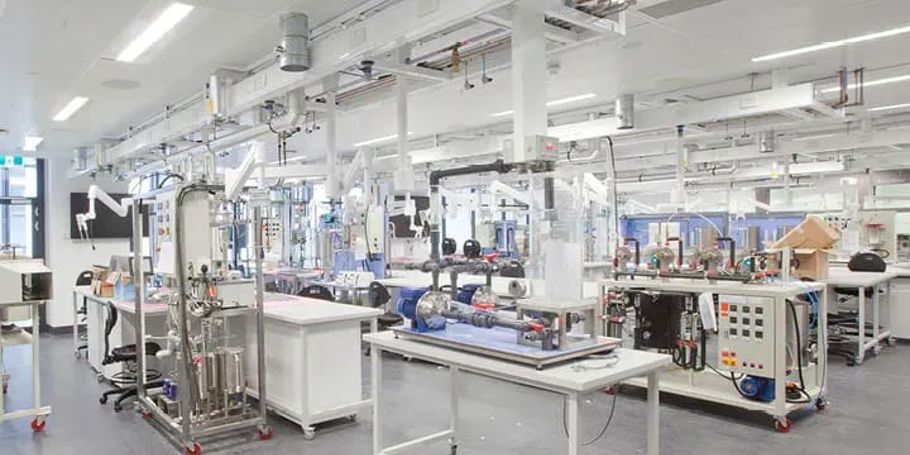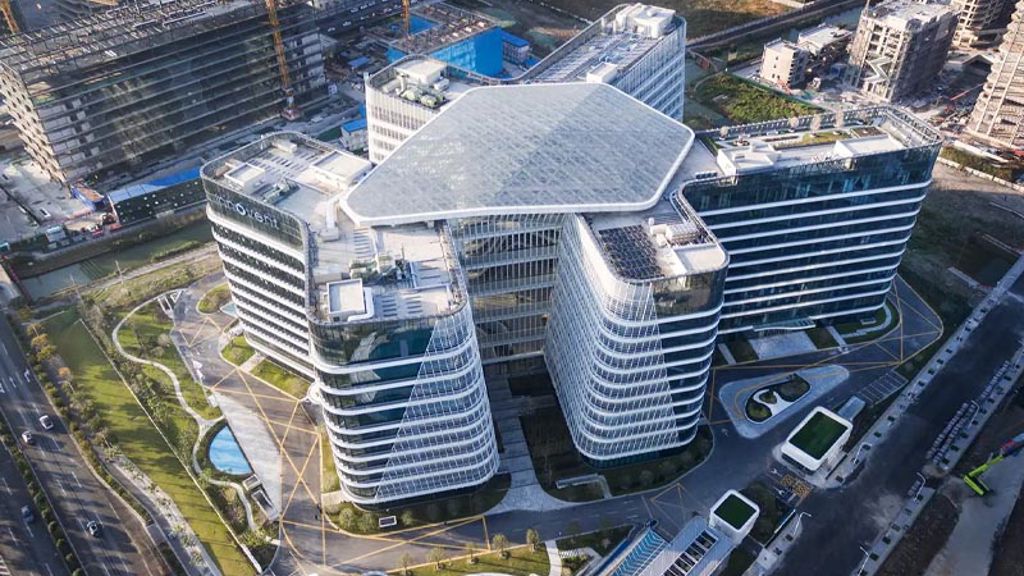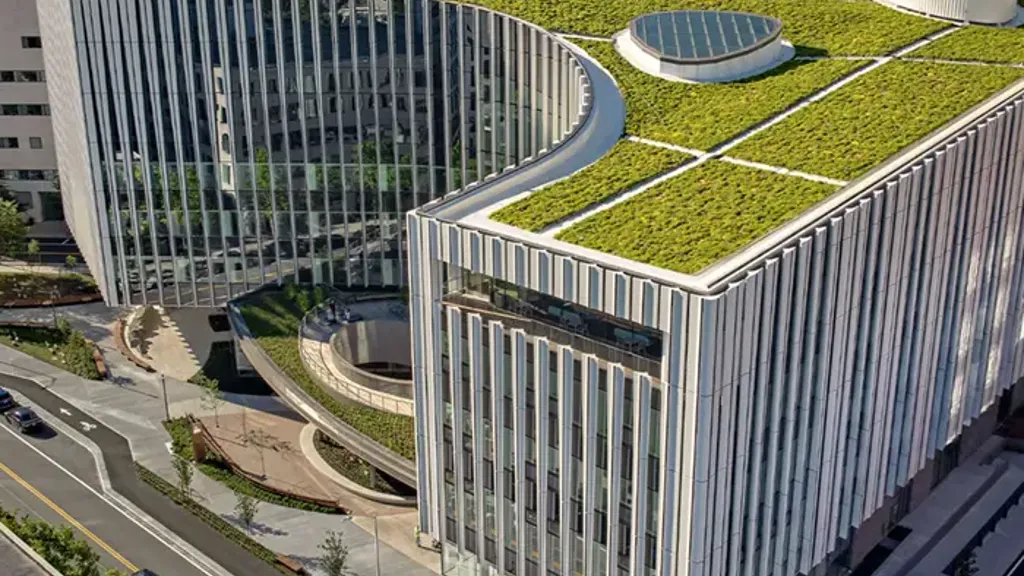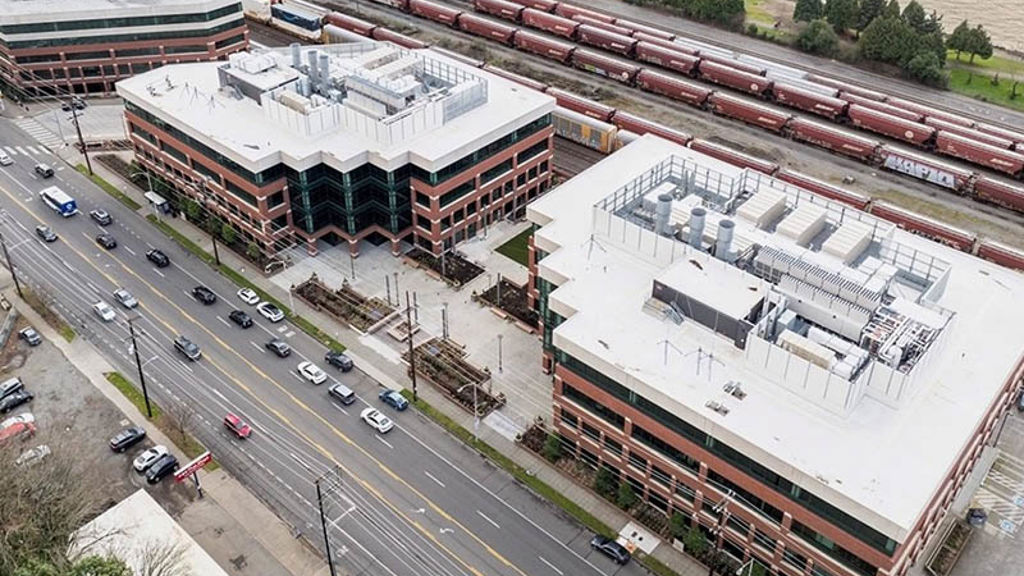A former gold mine in South Dakota was selected as the site for the US National Science Foundation’s proposed Deep Underground Science and Engineering Laboratory (DUSEL). The mine consists of an extensive series of drifts and shafts extending deep underground.
The development for DUSEL expanded the space and upgraded the infrastructure to prepare the site for research and operations at the surface, at 300ft (shallow), at 4,850ft (mid-level) and at 7,400ft (deep campus).
Infrastructure and laboratory design
As the prime consultant in charge of underground infrastructure and laboratory design, Arup was involved in the project throughout, defining the scope of consultants and helping to develop a work breakdown structure and project management tools.
Arup also helped prepare the project schedule for the construction of laboratory levels at 4,850ft and at 7,400ft below ground.
Premier science facility
DUSEL is a premier underground research facility, the deepest in the USA, serving major scientific fields including physics, geology, hydrology, geo-engineering, biology, and biochemistry. The underground environment is ideal for scientists to explore phenomena that can only be studied away from cosmic rays.
The 150,000ft2 facility includes large laboratories, caverns and cleanrooms, as well as a surface facility with further laboratories, operations facilities and a public outreach centre.
The mid-level campus comprises three lab modules and three 50m-diameter by 65m-high caverns, designed to accommodate the world’s largest neutrino detectors. The deep campus holds three additional laboratory modules and a deep drilling research station.
Geotechnics and structural engineering
To route utilities from the surface to DUSEL’s two lower levels, Arup’s engineers worked closely with the mining consultant, SRK, and the mine hoist consultant, Tiley, to design a plan to rehabilitate the mine’s existing shafts, which have fallen into disrepair since it was decommissioned in 2002.
The construction of the facility’s massive caverns at extreme rock depths and pressures also required close coordination between Arup’s structural, geotechnics and tunnelling teams and the cavern excavation design consultant.









